#Limnodynastes
Explore tagged Tumblr posts
Text

Giant Banjo Frog (Limnodynastes interioris), family Limnodynastidae, NSW, Australia
The call of the male is similar to that of a banjo string being plucked, a loud "PLONK" noise.
photograph by Mick Fullerton
#banjo frog#pobblebonk#frog#limnodynastes#limnodynastidae#amphibian#herpetology#animals#nature#australia
632 notes
·
View notes
Note
I'm interested in someone who really likes frogs- what species of frog would you recommend showing to someone you're trying to flirt with?
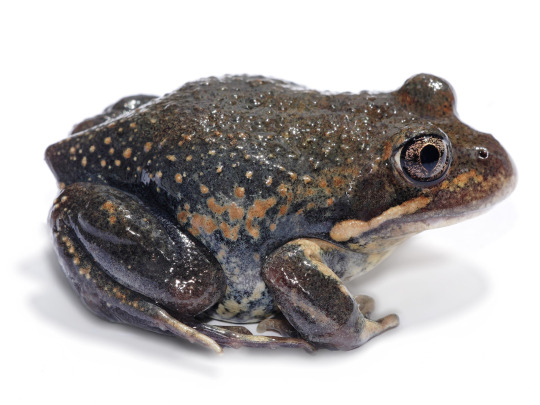
[src]
#I showed you my pobblebonk please respond#Limnodynastes#Limnodynastes dumerili#Lemmeknowthynasties domereally#frogs#this might be too forward#on the other hand#you should really want to date a forward thinker#this is not an advice blog#please do not follow my relationship advice#but if you do please share screenshots#answers by Mark#anon#anonymous#in case it was unclear: this species is colloquially called a pobblebonk#because of the delightful sounds it makes
573 notes
·
View notes
Text
Many Beautiful Frogs and Frog Songs of Bellthorpe Frog Camp! We made lots and lots of recordings for FrogID too!
#great barred frog#mixophyes fasciolatus#slender bleating frog#Litoria balatus#eastern dwarf tree frog#Litoria fallax#striped marsh frog#limnodynastes peronii#Pearson’s stream frog#Litoria pearsoniana#Red-eyed tree frog#Litoria chloris#Tusked frog#Adelotus brevis#Striped rocket frog#Litoria nasuta#broad-palmed rocket frog#Litoria latopalmata#eastern stony creek frog#Litoria wilcoxii#peron’s tree frog#Litoria peronii#frogs#animals#amphibians#video#animal video#frog camp#australian frogs
217 notes
·
View notes
Note

You've just been Frogged! (A. terrestris, photo is my own)
Uno reverse! Get frogged!

(A spotted marsh frog, Limnodynastes tasmaniensis, taken by me!)
95 notes
·
View notes
Text

Northern Banjo Frog (Limnodynastes terraereginae)
43 notes
·
View notes
Text
youtube
Costa meets a gardener who has created a haven for frogs and gets his tips for pond design.
Sean is a garden landscaper and his own backyard is a 2.5-hectare block in the Noosa hinterland.
Here he has been able to explore his habitat hobby – building frog ponds. He has more than 50 here already and through his work reckons he has created about 600.
Sean has been creating habitat for wildlife since he was a young boy (he’d already built three by the time he was seven!) and he’s been learning about his current home environment and its flora and fauna for more than 20 years, transforming a barren horse paddock to a diverse paradise. He watches how the animals use the environment, then follows their lead to create better habitat for them.
He observed and followed the natural contours of the land to create water channels, adding mulch-like rocks and logs for extra habitat, and layers of plants, “because frogs exist in all the layers of vegetation, from trees to palms, grasses and groundcovers,” Sean explains. He has counted 17 different species of frog in his backyard.
Sean says that no matter what the type of pond or frog you want to cater for, in most climates you want the pond to receive a reasonable amount of sunlight but not too much. “Full sun will just lead to full on algae growth”
Cane toads don’t like moving through thick grass layers so he plants densely to try to keep these out.
To avoid breeding mosquitoes, Sean recommends installing a pump or waterfall to keep the water moving, but long-term he says you need patience to allow the natural ecosystem to build up, so predators will control their numbers.
Sean also grows lots of fruit and vegetables, keeping his family fed through the year, because he’s keen to show you can have both habitat and healthy food production.
Featured Frogs and Toads:
CANE TOAD - Rhinella marina
CASCADE TREE FROG - Litoria pearsoniana
GREEN TREE FROG - Litoria caerulea
EMERALD-SPOTTED TREE FROG - Litoria peronii
EASTERN SEDGEFROG - Litoria fallax
STRIPED MARSH FROG - Limnodynastes peronii
Featured Plants:
FLAX-LILY - Dianella sp.
CREEK MAT-RUSH - Lomandra hystrix
Filmed on Kabi Kabi Country | Pomona, Qld
#gardening australia#solarpunk#australia#frog#toad#frogs#toads#frogs and toads#habitat#frog habitat#gardening#garden#Youtube
5 notes
·
View notes
Text
27th of September 2024: Spotted Marsh Frog

A frog on a Friday, what more can I say? Well, this is the Spotted Marsh Frog (Limnodynastes tasmaniensis). They’re roughly from the eastern half of Australia. You can find them year round, but their peak time is just coming up, being from September through to December [1].
In general the adult frogs are between 3 and 5 cm [2], but this can vary based upon where you find them. Their size is significantly impacted by climate and geography, with the biggest Spotted Marsh Frogs being found in the south and in areas with lots of rain during the dry period [3].
While they are terrestrial, they do like wetter sites. They are also common enough that one can easily find them. They lay their eggs in the water oftentimes near vegetation. In general they lay them within a foamy mass, though exceptions to this have been recorded as well [4]. Males will also call from the water, with the exact call varying by region. Both involve short clicking noises, but northern Spotted Marsh Frogs tend to repeat the notes 3-4 times while the southern ones leave it at one [2].
They are a true eurytherm, meaning they can survive at all temperatures. As they are still cold-blooded, this can mean they’ll be active and breed from body temperatures as low as 6°C. They do of course still have more comfortable temperatures, with their optimal jumping performance being reached between 30°C and 33°C [5].
Sources: [1] [2] [3] [4] [5] [Image]
#critter of the day#critteroftheday#frog friday#frog#frog species#frog facts#herpetology#animal species#zoology#animal facts#animal
3 notes
·
View notes
Note
Hello again Blu . About 20 minutes ago I heard my mum screaming downstairs and I went down and apparently there was a frog under her desk and she was trying to get the cat awa y from it. So I caught it and she took this photo of me holding it and she wants me to ask you what kind of frog it is! If you know.. no pressure she's just curuious.and I am too tbh... Who is he? Much regards,lumikore

Striped marsh frog, Limnodynastes peronii. Native to the east coast :]
6 notes
·
View notes
Text
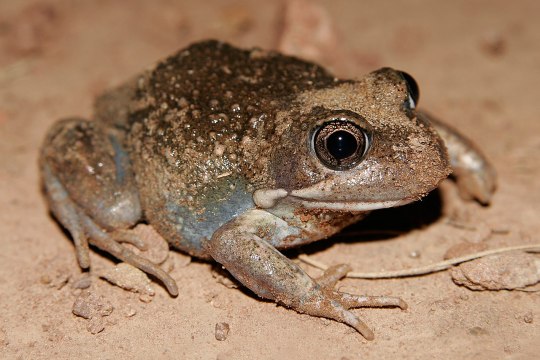

Eastern Banjo Frog: This frog is also known as the pobblebonk frog due to the sound of its calls. They live in moist areas of Southeastern Australia, where five recognized subspecies distinguished by their colouration are found. During dry periods, they burrow underground, and have even been heard calling from their burrows. They emerge to hunt at night and after rains and will travel up to 1 km in search of a breeding site. The female cares for the eggs, carrying bubbles of air down into their foamy mass to keep them oxygenated. After hatching, tadpoles take four to fifteen months to mature, depending on ambient temperatures. This species was also the first amphibian to have its genome sequenced!
African Dwarf Frog: A genus of four species, Hymenochirae is a genus commonly kept in captivity as aquatic pets due to their calm demeanor with other creatures their size. In the wild, they are found in still pools in equatorial Africa, and are fully aquatic, drying out after 20 minutes out of water. H. boettgeri is the most studied species of the genus, but H. curtipes is also bred in captivity. They are opportunistic scavengers and have black claws on their hind feet to tear apart large pieces of food, which they shove or suck into their tongueless mouths. Pictured is H. boettgeri.
8 notes
·
View notes
Note
Top 5 frogs, go.
Oh I am so glad you asked this
1) has to go to the Green Tree Frog (Ranoidea caerulea), absolute classic frog, textbook. Just a little green guy who eats bugs. Love them.
2) the Perons Tree Frog (Litoria peronii) is a wonderful little guy. They have thunder thighs (bright marbled patterning on the inside of their legs that flashes when they jump to make predators think they're poisonous) and are also called the emerald-speckled tree frog, laughing tree frog, and maniacal cackle frog for obvious reasons.
3) goes to the Pobblebonk!! (Limnodynastes dumerilii) I love these little guys!! They go bonk bonk bonk like a banjo, wonderful
4) the Whooping Frog (Heleioporus inornatus) is native to Western Australia and sounds like a little video game character doing a jump, ain't that neat?
5) the Sunset Frog (Spicospina flammocaerulea) is a rare little guy who looks like a molten rock, but they're endangered :( hope they recover soon
Thanks again :)
10 notes
·
View notes
Text





Art fight attacks for 2024! As always i wish i could have done more </3
Charas by: 1. Lunar-Valentine on Art Fight 2. @limnodynastes 3. maxxeau on Instagram 4. strawberry_milkuwu on Art Fight 5. Babayagaarts on Twitter
0 notes
Text

Scarlet-sided Pobblebonk or Eastern Banjo Frog (Limnodynastes dumerilii grayi), Barakula State Forest, QLD. Australia
Photograph by Indra Bone
#pobblebonk#banjo frog#frog#limnodynastes#limnodynastidae#amphibian#australia#herpetology#animals#nature
1K notes
·
View notes
Text



Tonight we have been to Find a Frog in February with Springfield Lakes Nature Care Inc. and Brett Finds Frogs!
We found some very lovely Great Barred Frogs and Striped Marsh Frogs and learnt all about the local frog species!
#Great Barred Frog#mixophyes iteratus#Striped Marsh Frog#Limnodynastes peroni#frogs#animals#amphibians#herpetology#citizen science
102 notes
·
View notes
Text
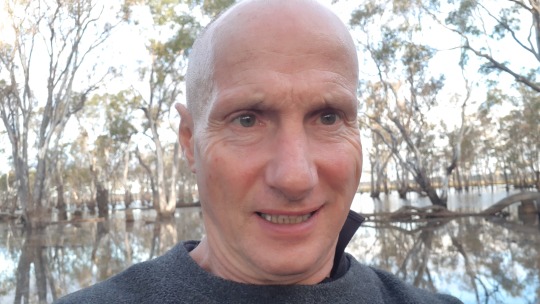
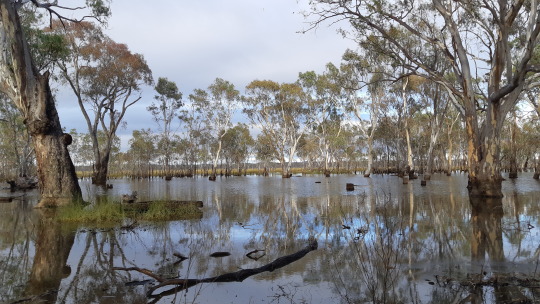
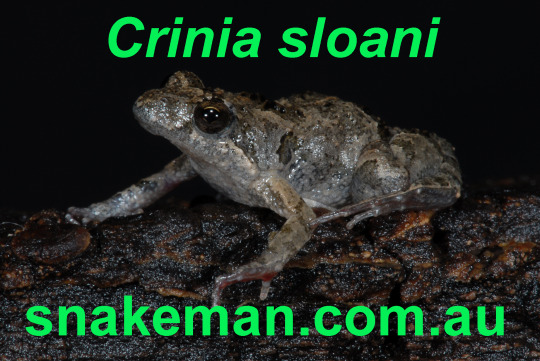
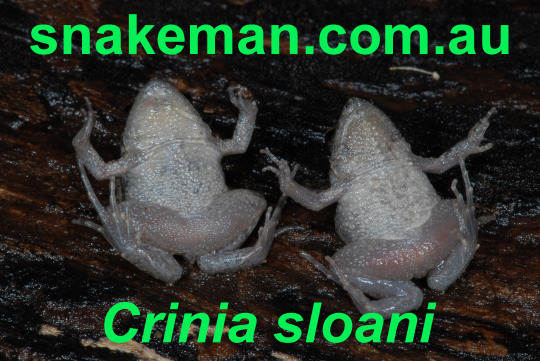
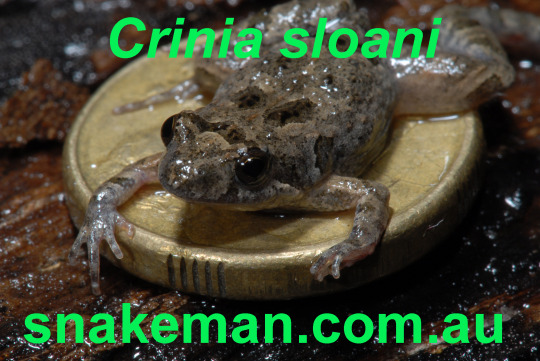

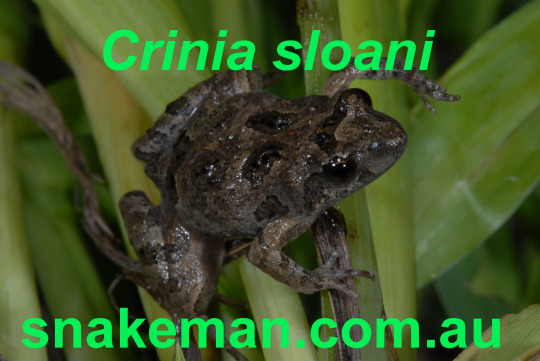

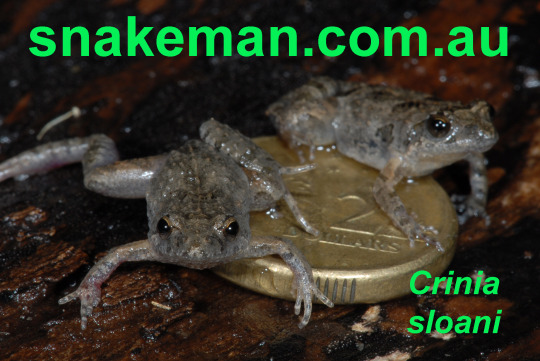






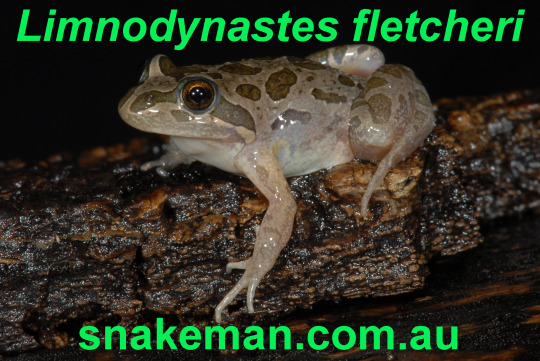

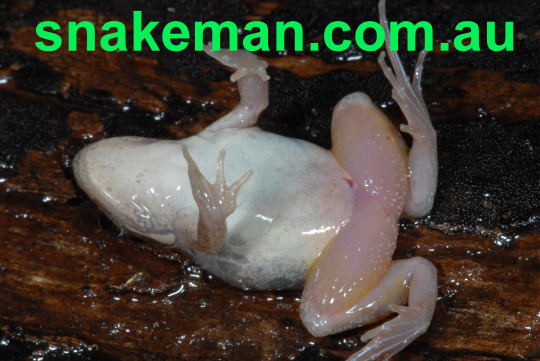
Happy International Earth Day (today) along with some wicked frog images of the rarely seen tiny frog species Crinia sloani and the moderately well-known Limnodynastes fletcheri, both with quite specific habitat requirements in the face of similar species in the same genera that are more broad ranging.
Images taken from the field in far north Victoria.
Learn more about the relevant species in the big papers of 2020 including at:
and
0 notes
Photo
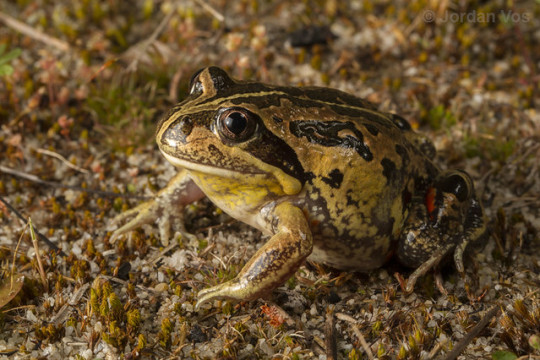
Limnodynastes dorsalis by Jordan Vos
#Anura#Limnodynastidae#Limnodynastes#Limnodynastes dorsalis#frog#frogs#animal#animals#biology#nature#wildlife#amphibian#amphibians#zoology#herpetology#herps#fauna#critter#critters
83 notes
·
View notes
Photo
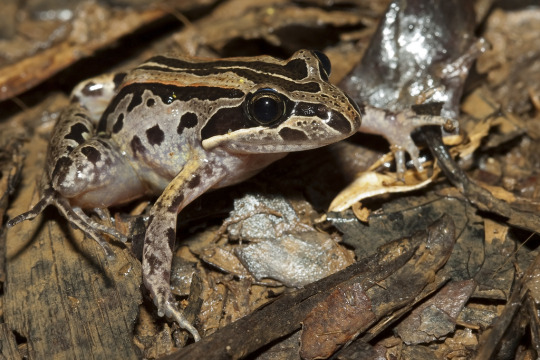
Striped Marsh Frog (Limnodynastes peroni) by Stephen Zozaya We found this L. peroni near Mena Creek, Queensland, Australia.
311 notes
·
View notes